Indoor air quality is important for everyone, not just those that deal with allergies or pets in the home. No matter the climate, environmental concerns, or structure of your home, air quality should be a top priority. So, why is indoor air quality so important? Read our blog to find out.
THE TRUTH ABOUT AIR
If there’s one thing we all need a lot of, it’s air. However, the one thing we need the most is often the thing we take for granted. Air isn’t visible or palpable which makes it less of a consideration for many homeowners worried about other parts of their home like the plumbing or HVAC system.
While air may be the unsung hero of well, everyone and everything, it isn’t as clean as it used to be. Over time, pollution, decay, and disease have reduced the quality of the air we breathe causing respiratory issues in people of all ages. The things we do every day like driving, flying, and recreation release pollutants into the air that pose varying degrees of risk.
Contrary to widespread belief, there is no barrier that protects your in-home air from the outside world. Pollutants from factories, highways, and cities can enter your home and wreak havoc on your health and wellness. Studies show that long-term exposure to high levels of pollution can lead to respiratory diseases, strokes, heart attacks and more. In fact, air pollution is the most significant environmental risk for early death over AIDS, tuberculosis, and malaria combined.
You may not have control over the air you breathe, but its important to understand pollution and take measures to eliminate it in your home.
POPULAR POLLUTANTS
Pollution can come in many shapes and forms, from germs to chemicals released into the environment. Air pollution is the combination of a variety of factors and chemicals that cause health issues over time.
PARTICULATE MATTER
One of the most common pollutants in the air (and your home) is particulate matter. This includes dust, soot, and drops of liquid that may be floating around. Particulate matter can be visible to the naked eye and may come from power plants, cars, non-road equipment, industry, dust, and secondary particle formation from gases.
There are two types of particulate matter:
- Coarse: This includes particles that are less than 10 microns in diameter that can cause upper respiratory issues. Examples include household dust, environmental dust, and larger liquid droplets.
- Fine particles: These particles are less than 2.5 microns in diameter and can penetrate deeper into the lung tissue and cause strokes, asthma, bronchitis, and premature death or cancer. Some fine particles have been linked to impaired brain development in children. Examples include industrial toxins and vaporized chemicals.
BLACK CARBON
Black carbon (BC) is another common pollutant that comes from burning fuel like wood, coal, and natural gas. While black carbon is not as harmful as fine particles, it can cause hypertension, chronic obstructive pulmonary disease, and various cancers.
NITROGEN OXIDES
Nitrogen oxides like NO and NO2 are produced exclusively by the transportation sector. Nitrogen oxide is a normal chemical compound that can be transformed into NO2 or nitrogen dioxide in sunlight. The combination of the two can be found around high-volume roadways and may worsen existing respiratory illnesses.
SULFUR DIOXIDE
Sulfur dioxide, (SO2 ) is emitted into the air by burning fossil fuels containing sulfur. Coal, metal extraction, smelting, industrial engines, and diesel equipment often use fuels that contain sulfur and may emit sulfur dioxide when in use. While SO2 does not cause health issues directly, it can exacerbate existing illness. When combined with water, sulfur dioxide become sulfuric acid which makes up a phenomenon called acid rain which can erode forests and break down metals exposed to the downpour.
OZONE
Ozone which can be found in the atmosphere, can become a pollutant under certain conditions. Ozone protects us from ultraviolet radiation from the sun, but at ground level it becomes what we call smog. This respiratory irritant can sometimes be a visible haze that consists of fossil fuel, nitrogen oxides, and other volatile compounds that cause chest pain, throat irritation, and decreased lung function.
MOLD
Mold can often affect air quality and cause respiratory distress. For those who live in a humid or damp environment, mold in the home is a concern.
BIOLOGICAL POLLUTANTS
In addition to industries, biological pollutants contribute to poor air quality and disease. Viruses travel through the air and infect others. Many respiratory illnesses are caused by viruses including the Coronavirus or COVID-19.
PREVENTING POLLUTION IN YOUR HOME
While it may seem scary to think about the pollutants in your home, it is important to understand that even though you cannot control the level of pollution outside, you can take control of the air quality in your home.
At SouthCoast Heating & Air, we use top of the line products to help our customers keep their home pollution free and safe for the whole family. The ActivePure Air Scrubbers we use have been proven to reduce SARS-CoV-2 (virus that causes COVID-19) by more than 99.9% on surfaces and in the air.
We also provide:
- 24/7 surface decontamination and air purification
- Allergen and contaminant reduction that installs directly into existing ductwork
- Efficient heating and cooling systems that prevent buildup and improve circulation
Don’t wait! Take control of your indoor air quality today and contact SouthCoast Heating & Air for more information.


